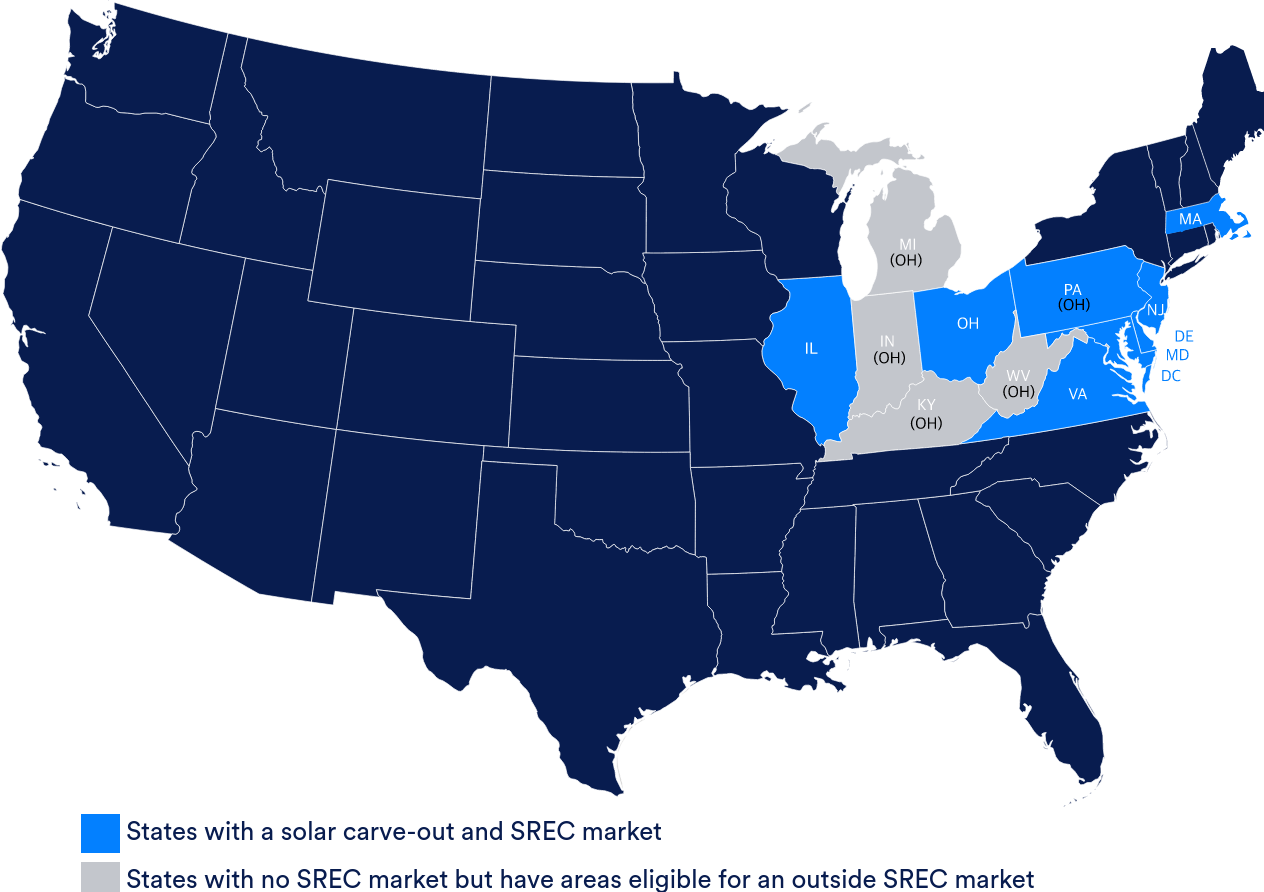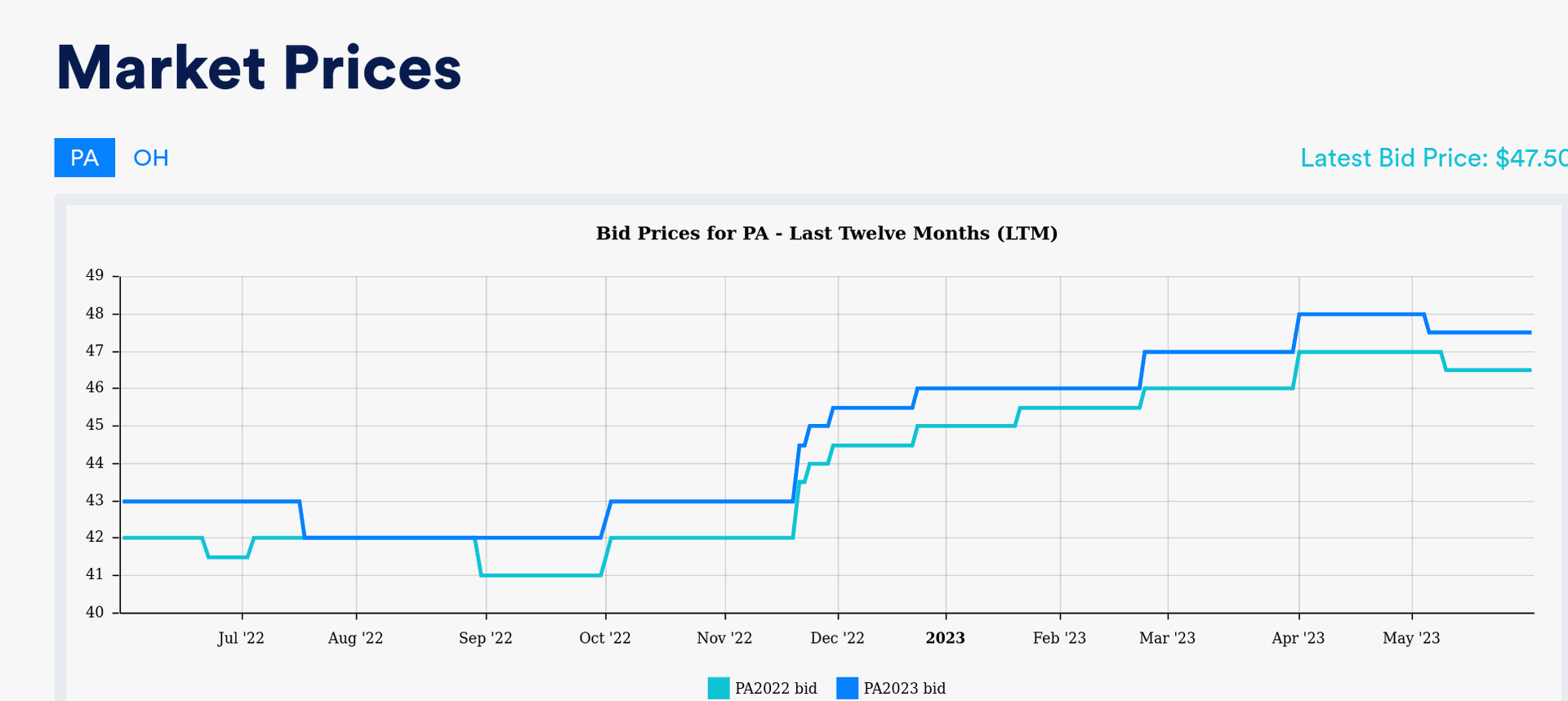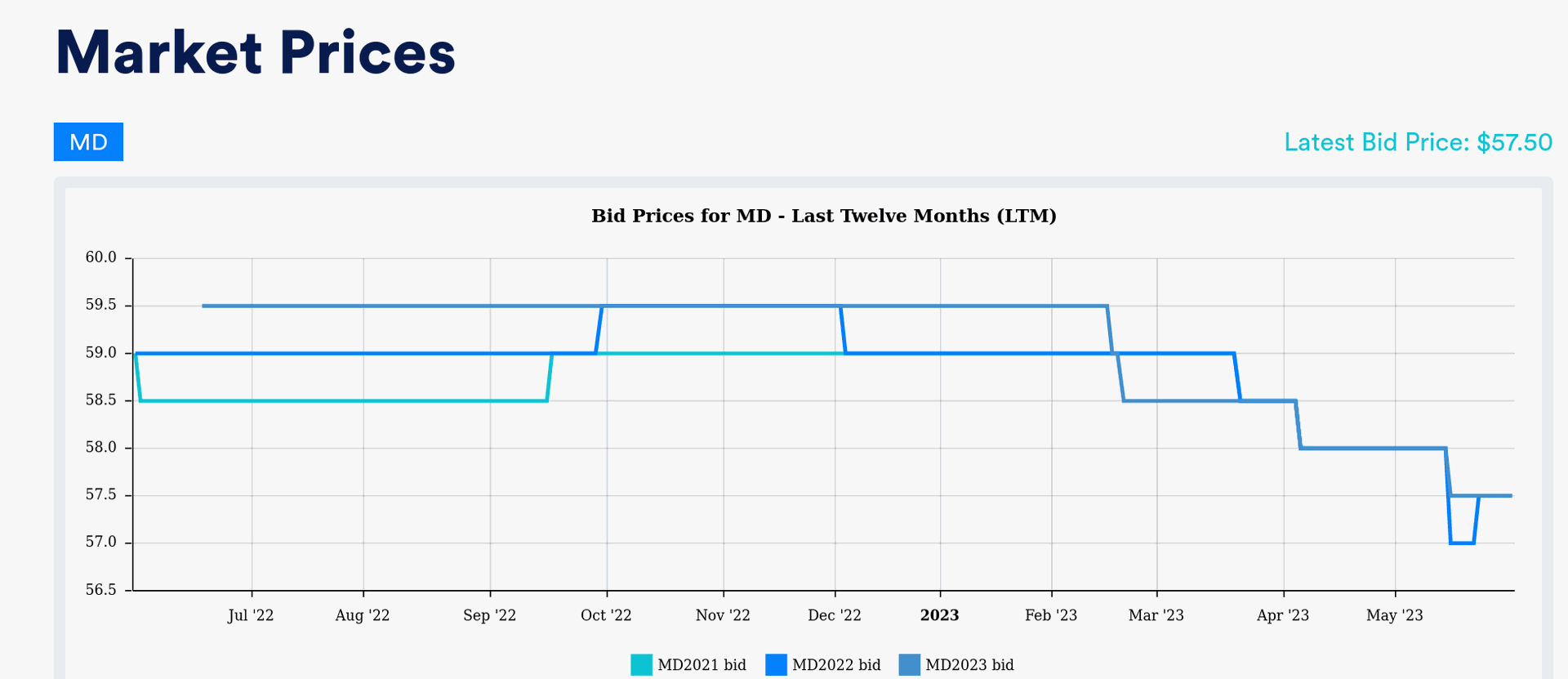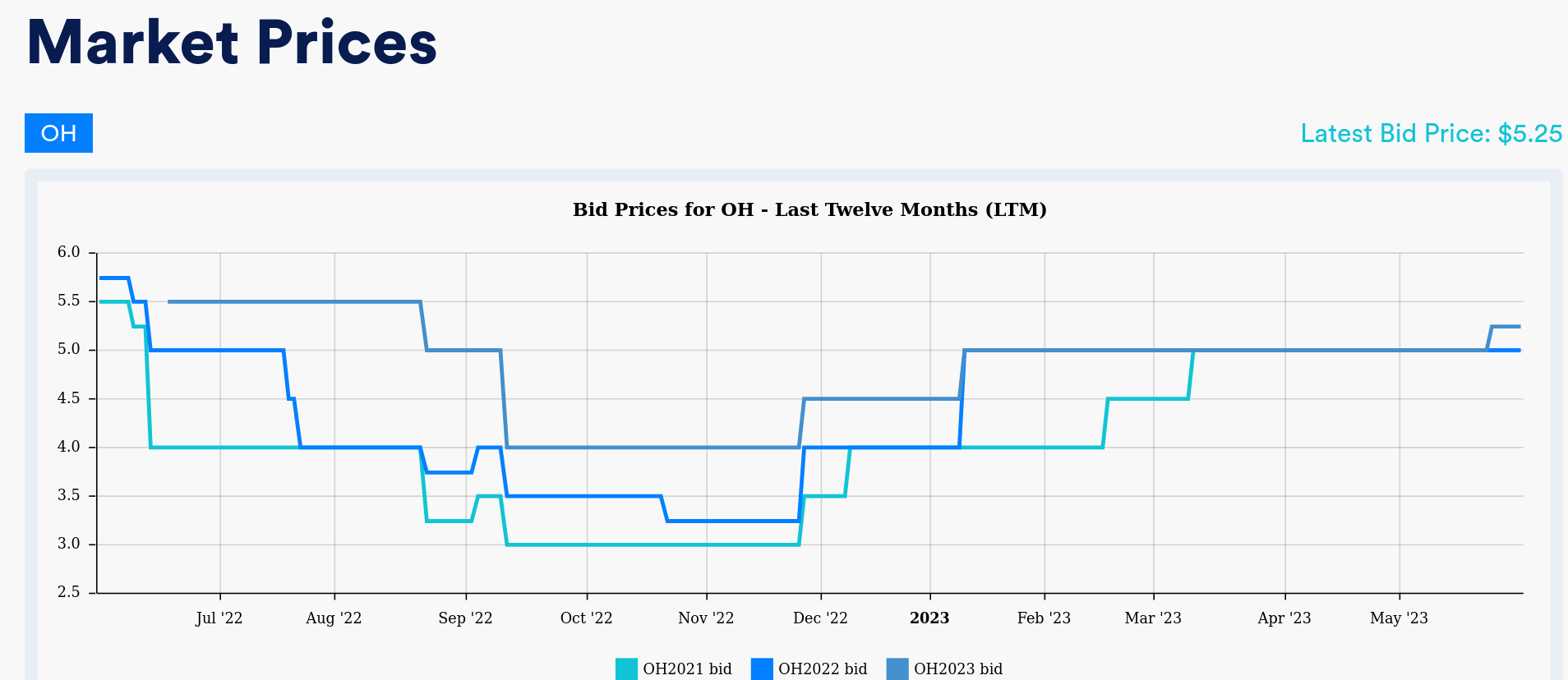If you're thinking about going solar, it's important to take into account the two major government incentives that will substantially reduce the sticker price.
The biggest and most well-known is the federal government's Solar Investment Tax Credit (ITC), which allows homeowners and businesses to deduct 30% of the full installation cost from their federal income taxes.
But the ITC isn't the only government program designed to lower the cost of going solar. State governments sometimes also offer an additional solar incentive in the form of SRECs.
SREC stands for Solar Renewable Energy Credit. They're offered by state governments as a way of ensuring that their renewable energy targets are met.
The program is pretty rare, though -- only seven states currently award SRECS. But Pennsylvania, Ohio, and Maryland all happen to be among the lucky few.

SRECs purpose
Suppose a state legislature decided that they wanted at least eight percent of the state's energy to come from renewable sources by a certain date.
One thing they could do is mandate that utility companies generate at least eight percent of their power from renewables by then.
But if that’s all they did, not only would there be no incentive for homeowners and businesses to transition to solar power. The renewable energy generated by any who did wouldn’t even count towards the target.
SRECs were created as a way to both incentivize rooftop solar projects and make sure their output gets factored in.
How SRECs work
In 2004, for example, Pennsylvania's legislature decided that at least eight percent of the state’s power should come from renewable sources by 2021.
So, they passed a law that utility companies had to generate at least eight percent of their power from renewables by 2021.
But the new law also awarded residents one SREC for every 1,000 kWh of solar energy they generate and allowed utilities to offset the eight percent target by purchasing them.
If you live in Maryland and Ohio, to help meet your state’s renewable energy goals you’re likewise awarded one SREC for every 1,000 kWh of solar energy.
How much are they worth?
Like any commodities market, SREC prices fluctuate. But they also differ quite a bit from state to state.
The most basic driving factors are:
The number of solar-equipped homes and businesses earning SRECS, aka, supply.
The number of credits each utility company needs to purchase, aka, demand.
Of course, it doesn’t make sense for a utility to spend money on SRECS if it turns out that the penalty for failing to meet their state’s renewables target would be cheaper. So, lower fines tend to decrease demand and higher ones tend to increase it.
On the supply side, Ohio has “open borders,” meaning utility companies can purchase SRECs from neighboring states. That, of course, increases supply and, hence, tends to push prices down.
Pennsylvania and Maryland, on the other hand, have “closed borders,” meaning utilities can only use SRECs generated in-state. And that, of course, tends to push prices up by decreasing supply.
Current value
For up-to-date prices and trends over time, you can check out SRECTrade.
In Pennsylvania, SRECs are currently trading at a five-year high of $47.50.

In Maryland, SRECs are currently trading at $57.50.

While, because its SREC market has open borders, Ohio SRECs are currently trading at only $5.25.

How much money does that translate into?
Let's crunch some numbers.
A solar system powering the average home will generate around 10,700 kWh annually. That would earn the average homeowner 250 SRECs over its 25-year expected lifetime.
At current prices, that translates into $11,875 in Pennsylvania and $14,375 in Maryland.
The average cost of installing a solar system is only around $20,000. So that’s enough money to pay for 59% of the average cost in PA and 72% in MD.
Even in Ohio, where open borders have suppressed value, 250 SRECs at today’s price amounts to $1312, a sum worth factoring into the financial calculus.
How many SRECs will you earn?
If you want a precise idea of how many SRECs you could earn, we can determine how many solar panels will fit on your roof from satellite imagery. We then calculate your annual energy production, which—besides being important in its own right —will determine how many SRECs you accrue.
Our production estimates are so accurate that we guarantee them in writing. So, you’ll get a reliable idea of how much solar energy you’ll be generating and, hence, how many SRECs you can expect to earn.
Finally, if the prospect of playing the SREC market sounds like a huge hassle, don’t sweat it.
There are reputable brokerage firms willing to do all the work in exchange for a small commission.
We’ll even set up your account with SRECTrade. So all you’ll need to do is provide a signature and collect the profits.